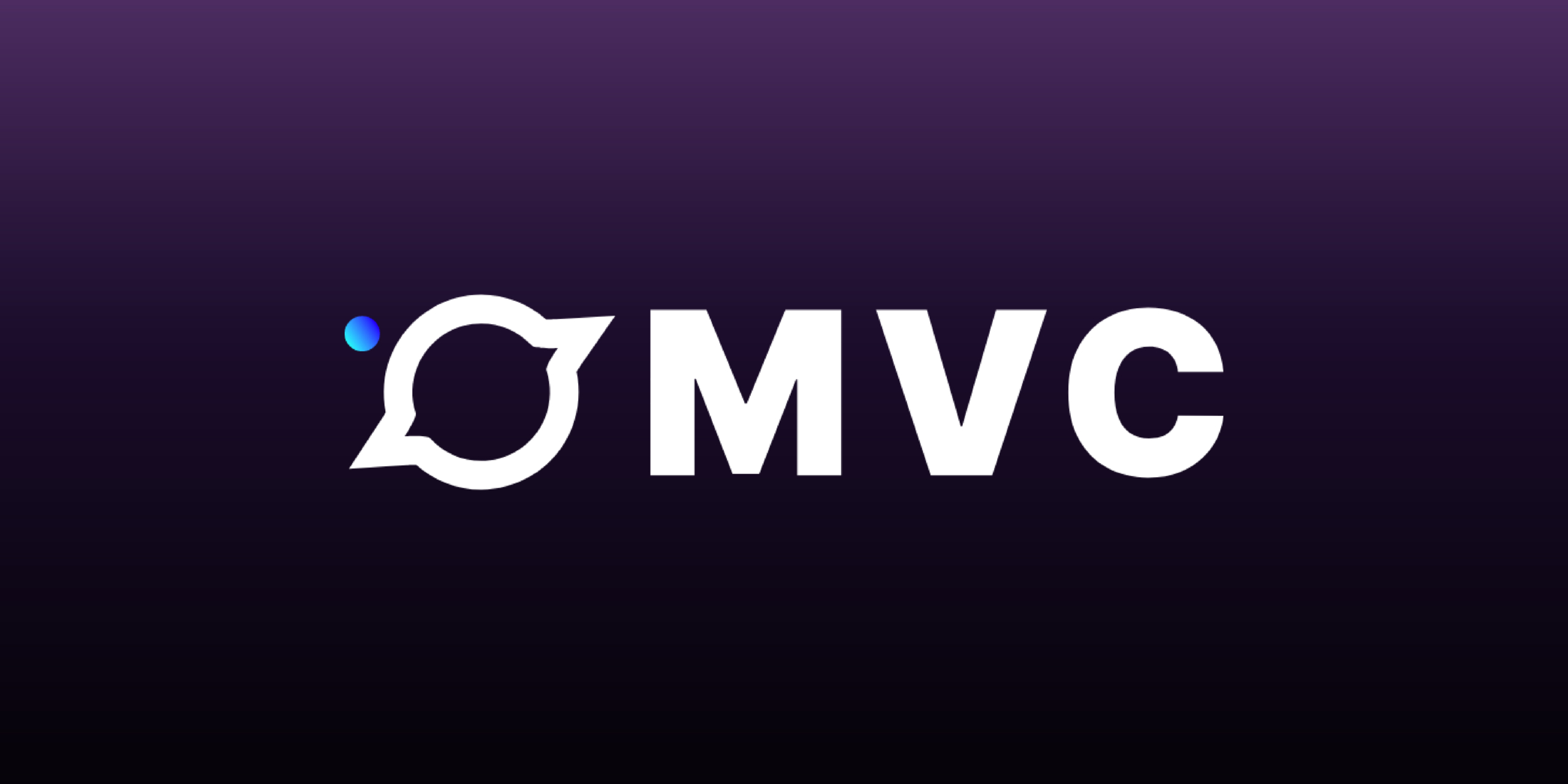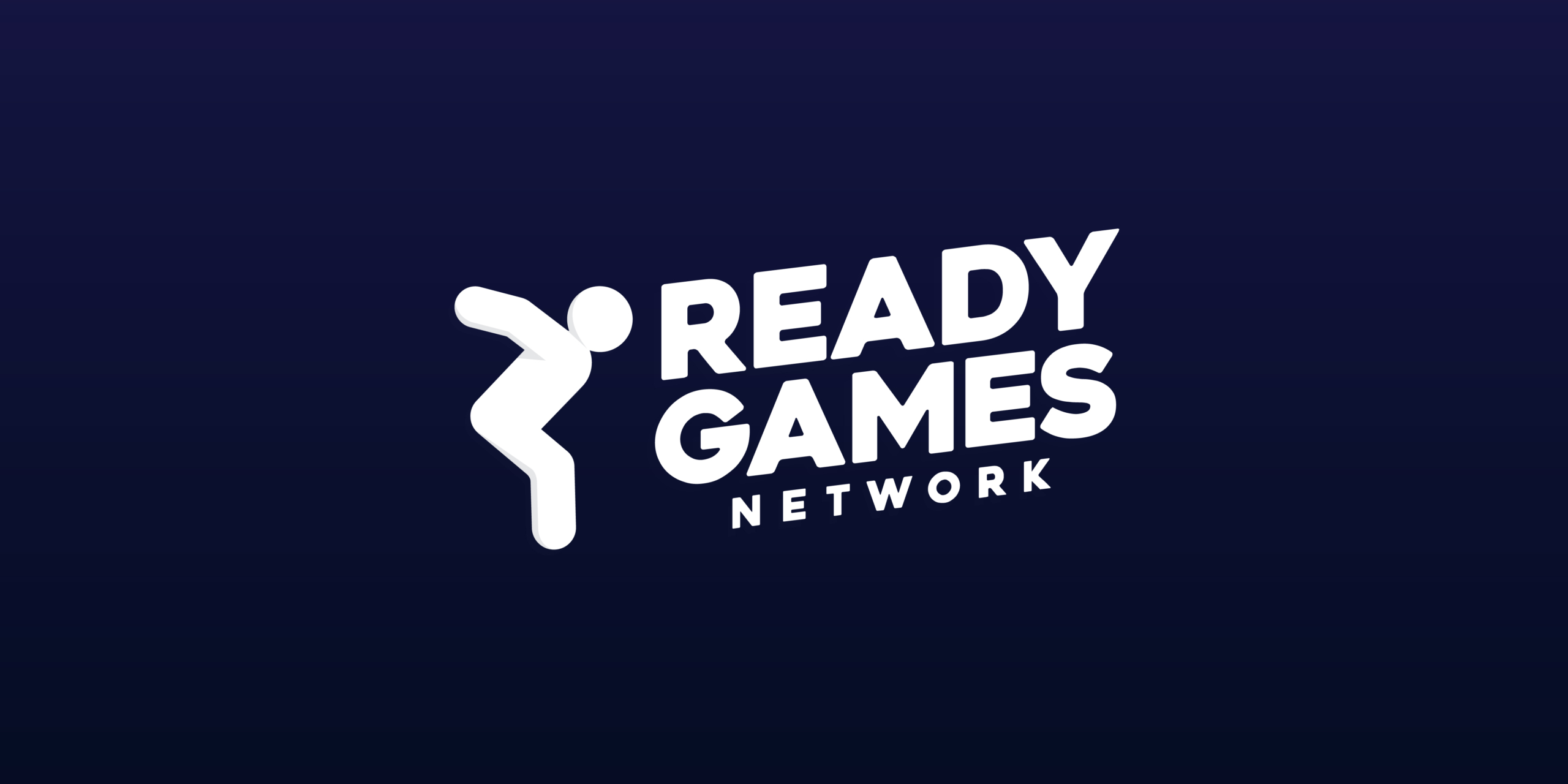Introduction
MicroVision Chain (MVC) emerges as a Layer 1 public blockchain based on the Unspent Transaction Output (UTXO) and Proof-of-Work (POW) model akin to Bitcoin. It integrates Layer 1 Decentralized Identifiers (DID) with smart contract technology, focusing on data ownership and application interoperability, positioning itself as a significant player in the evolving Web3 ecosystem.
Innovation
MVC introduces several innovations, most notably the integration of MetaID and MetaContract. MetaID is a built-in Layer 1 Decentralized Identity Protocol, enhancing user experience by allowing access to all MetaID-enabled applications with a single private key. It supports cross-chain functionality, enabling data interoperability among various protocols. On the other hand, MetaContract, a Layer-1 Smart Contract, boasts high concurrency and low execution costs, achieving Turing completeness for UTXO model public blockchains.
MicroVision Chain Architecture
The architecture of MVC is notable for its adoption of the UTXO & POW model, similar to Bitcoin. It incorporates a Big Block Scaling Strategy and employs parallel computation algorithms from high-performance computing experts. This strategy ensures high concurrency and optimizes node performance, particularly in processing large-scale Web3 applications and on-chain data verification.
Code Quality
MVC’s code quality appears robust, focusing on efficiency and scalability. Using sCrypt, a TypeScript framework for writing smart contracts on the Bitcoin Virtual Machine, further exemplifies the project’s commitment to developing a reliable and secure blockchain infrastructure.
Product Roadmap
MVC aims to position itself as a leading blockchain solution for Web3 applications. Its roadmap emphasizes scalability, aiming to accommodate a vast user base. The project’s trajectory suggests enhancing efficiency and reducing operational costs while maintaining a high level of decentralization.
Usability
With the implementation of MetaID, MVC significantly simplifies the user experience in accessing Web3 applications. The single private key access and cross-chain data interoperability are crucial steps toward user-friendly blockchain technology.
Team
The development team comprises three active developers with intermediate backgrounds. Their collective experience, particularly in working with Bitcoin and the UTXO model, lends credibility to the project. However, the team size and experience level suggest that further expansion and diversification of skills could be beneficial.
Conclusion
MicroVision Chain presents itself as a promising blockchain solution, blending the strengths of Bitcoin’s foundational technology with advanced features like smart contracts and decentralized identity protocols. While its innovations in architecture and usability are commendable, the project would benefit from a broader development team and continued focus on scalability and security. MVC’s potential to lead the next generation of the internet, particularly in Web3 applications, makes it a project worth monitoring.
| Initial Screening | |||
| Keep researching | |||
| Does this project need to use blockchain technology? | Yes | ||
| Can this project be realized? | Yes | ||
| Is there a viable use case for this project? | Yes | ||
| Is the project protected from commonly known attacks? | Yes | ||
| Are there no careless errors in the whitepaper? | Yes | ||
| Project Technology Score | |||
| Description | Scorecard | ||
| Innovation (Out Of 11) | 11 | ||
| How have similar projects performed? | Good | 2 | |
| Are there too many innovations? | Regular | 2 | |
| Percentage of crypto users that will use the project? | Over 11% | 5 | |
| Is the project unique? | Yes | 2 | |
| Architecture (Out of 12) | 9 | ||
| Overall feeling after reading whitepaper? | Good | 2 | |
| Resistance to possible attacks? | Good | 2 | |
| Complexity of the architecture? | Not too complex | 2 | |
| Time taken to understand the architecture? | 20 – 50 min | 1 | |
| Overall feeling about the architecture after deeper research? | Medium | 2 | |
| Has the project been hacked ? | No | 0 | |
| Code Quality (out of 15) | 11 | ||
| Is the project open source? | Yes | 2 | |
| Does the project use good code like C,C++, Rust, Erlang, Ruby, etc? | Yes | 2 | |
| Could the project use better programming languages? | Yes | -1 | |
| Github number of lines? | More than 10K | 1 | |
| Github commits per month? | More than 10 | 2 | |
| What is the quality of the code? | Good | 2 | |
| How well is the code commented? | Good | 1 | |
| Overall quality of the test coverage? | Good | 1 | |
| Overall quality of the maintainability index? | Good | 1 | |
| When Mainnet (out of 5) | 5 | ||
| When does the mainnet come out? | Mainnet Ready | 5 | |
| Usability for Infrastructure Projects (out of 5) | 5 | ||
| Is it easy to use for the end customer? | Yes | 5 | |
| Team (out of 7) | 4 | ||
| Number of active developers? | 3+ | 1 | |
| Developers average Git Background? | Intermediate | 1 | |
| Developers coding style? | Solid | 2 | |
| Total Score (out of 55) | 45 | ||
| Percentage Score | |||
| Innovation | 20.00% | ||
| Architecture | 16.36% | ||
| Code Quality | 20.00% | ||
| Mainnet | 9.09% | ||
| Usability | 9.09% | ||
| Team | 7.27% | ||
| Total | 81.82% |





